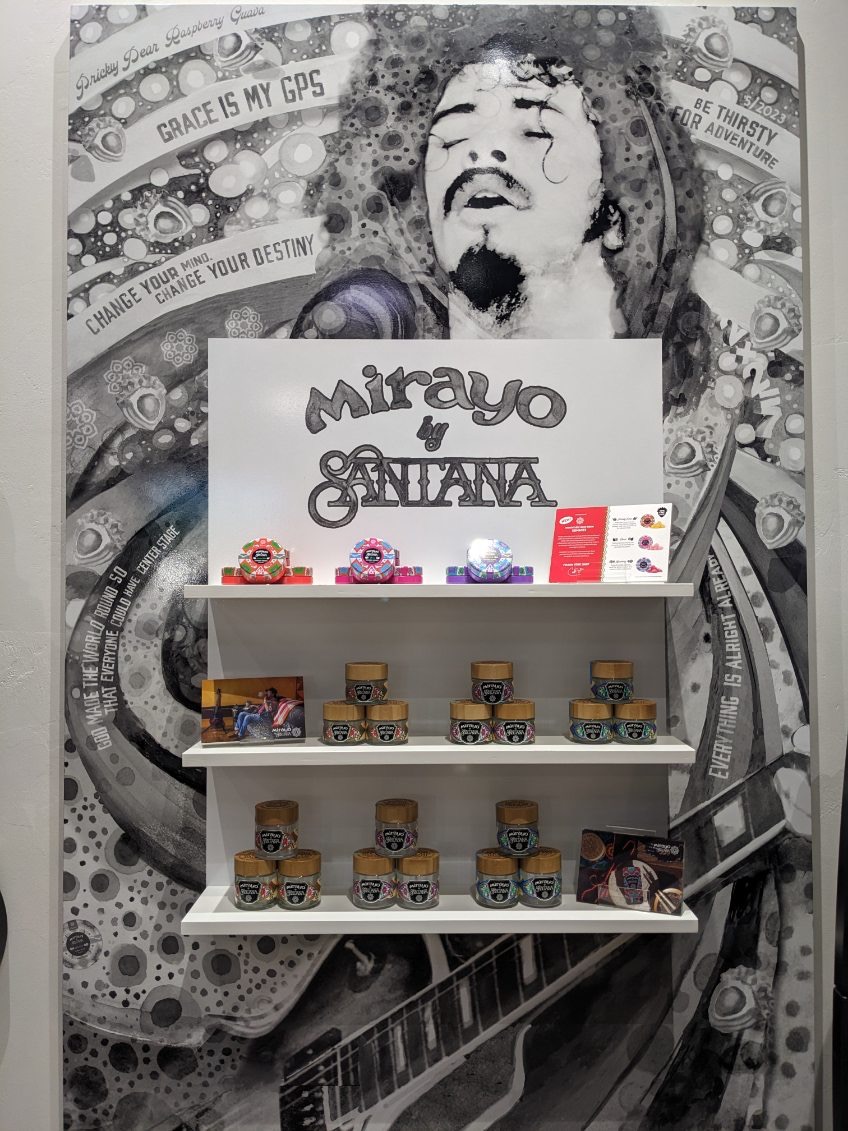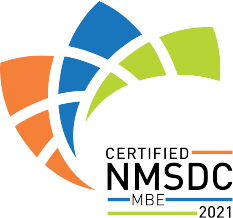
In today’s competitive retail landscape, a well-executed store fixture campaign can make a significant positive impact on customers’ overall shopping experience and increase sales. To give yourself the best chance of success, a structured approach that incorporates empathy, collaboration, innovation, and iterative refinement is crucial. In this article, we will explore the key steps to developing and rolling out a new store fixture campaign successfully.
1. Gain Empathy for the User(s):
Before embarking on any store fixture campaign, it’s essential to gain a deep understanding of the end-users. Think about their demographic, values, interests, and even give them a name. If this information isn’t readily available, create your own by conducting interviews and surveys. Or, use an outside company to do the heavy lifting for you. The route you take to get the information isn’t important – empathizing with the users is what really matters. Once you have a firm grasp on who you are creating the retail environment for, the better your decision making will be. With that foundation, you’ll be better equipped to meet their expectations and create an in-store experience that will resonate with them to bring them back again and again.
2. Determine Usage and Stakeholders:
Building on the last step, consider how the fixtures will be used in-store. This goes beyond the consumer – we’re specifically talking about in-store sales staff and the visual merchandising team. Engage with both of them to align their expectations and gather valuable insights. You might be surprised at the feedback you get from each level. You might end up with more information than you need – so be clear to differentiate between “must haves” and “nice to haves,” to boil down to a store fixture or campaign that effectively serves its intended purpose. Also, define success at the different levels – some create Key Performance Indicator (KPI) reports (showing metrics that aid in making a decision in that moment) – to set a target for all.
3. Maximize Your Knowledge and Network:
Leverage your personal experience, expertise, manufacturing equipment and network, to form guardrails around the store fixture campaign scope. Also, don’t assume you know all the capabilities of your existing suppliers. Lean on them for ideas, techniques and products they’re producing outside of your relationship. Follow industry publications and trends as you advance towards your goal.
4. Take a Stand:
With a holistic understanding of user needs, stakeholder expectations, and industry insights, take a stand on what you believe is the best store fixture campaign. Be prepared to defend your perspective, backed by your research and expertise. Also make sure it solves the problem and is in alignment with company values (ex: initiative for sustainable materials, or diversity / equity / inclusion). This clarity will serve as a guiding principle throughout the campaign development process.
5. Ideate – Start Drawing!
This is the exciting part where creativity takes center stage. Expand your possibilities by generating many out-of-the-box solutions – think beyond conventional boundaries – you never know where the perfect idea or feature will emerge from. Encourage your team to think freely, and create an environment that nurtures innovative ideas, as opposed to treating them negatively as if they are unobtainable or unrealistic. Consider every possibility, pushing the boundaries of what is considered feasible.
6. Share Solutions and Capture Feedback:
Review the multitude of ideas generated during the ideation phase. Analyze the differences, options, and associated costs of each solution. In the end, the decision on what to produce may likely come to a Return on Investment (ROI) calculation. If you don’t know the amount of the investment (the I in ROI), then you’re missing critical decision making information. Share the proposed concepts with stakeholders, incorporating their feedback and suggestions. Embrace open communication to refine the ideas further, ensuring alignment and buy-in from all parties involved.
7. Iterate New Solutions:
Don’t count on grand slams with every swing of the bat. After all, you need to have runners on base first. Plan to receive feedback, be open and return to the drawing board to refine your proposed solution. Embrace an iterative process and mindset, honor yourself and emotions that you may hear things that you don’t want to, and keep the line moving. Boil decisions based on features, must haves and nice to haves, and evaluate the best option on how to get there. This may be the most challenging and frustrating part, so be prepared.
8. Build and Test:
Having arrived at a solution, it’s time to bring them to life! Build a small quantity of your store fixture campaign according to demographic, geographic location, budget, and scope of rollout. Get pictures and video as they roll off the line to catch any potential issues. See in person and put it through its paces. Conduct testing according to your scope to evaluate each element’s functionality, durability, and visual appeal. Most importantly, does it do what you need it to?
9. Share Solution and Gather Feedback:
After completing the internal testing phase, share the results and feedback on your store fixture campaign with stakeholders and end-users. Seek ground truth feedback from all angles to ensure a holistic perspective, and be prepared to repeat the previous step again. Maintain an open mindset and be prepared to iterate on the solution based on the gathered insights.
10. Rollout!:
The store fixture campaign is finally ready for its time in the sun! Put all your hard work into motion by producing the store fixture campaign and rollout to individual locations. Keep track of what goes where, and compare its performance to the definitions of success defined early in the process.
Developing and rolling out a successful store fixture campaign requires a combination of empathy, collaboration, innovation, and a commitment to continuous improvement. Note what it doesn’t include – shopping around different manufacturers for the lowest price or technique. While most would consider this the first step, it isn’t necessarily. Ultimately however, there are no rules for how to create a store fixture campaign that resonates with users, meets stakeholder expectations, and elevates the overall shopping experience. It’s up to you! So embrace your creativity, learn from feedback, and iterate on your solutions to achieve lasting success in the ever-evolving retail industry.
Jeff Lo is owner of TGS Elevate, a visual marketing / merchandising company that provides printing, point of purchase displays, and store fixture manufacturing, and in-store build outs for companies that have 50-500 locations nationwide.
Want to chat?
Get help from one of our professionals






